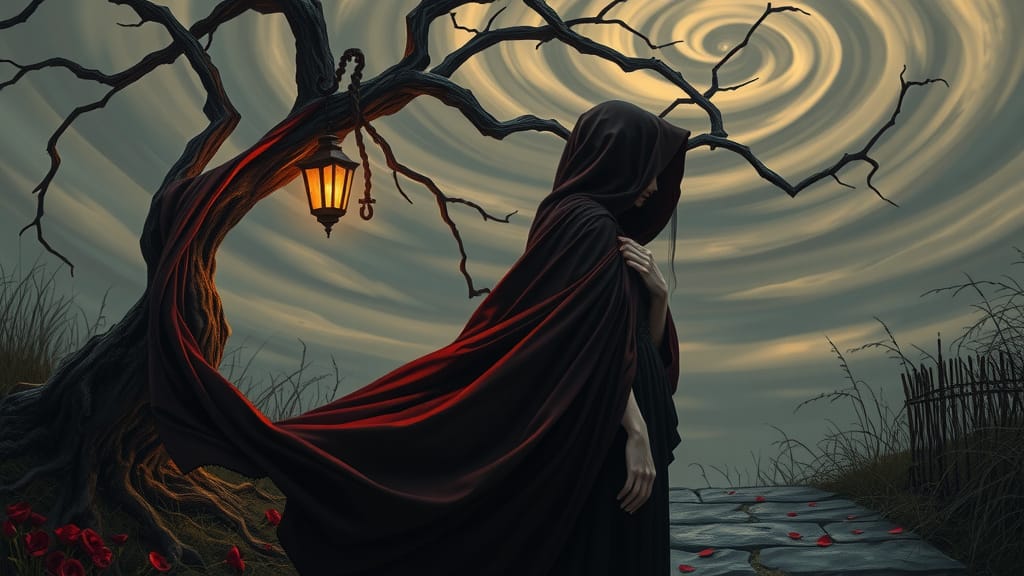Dark Art: A Beauty That Bleeds in the Shadows 🖤🩸
What is it about the darkness that unsettles yet captivates? Why do we avert our eyes from decay, yet find ourselves drawn to its tragic beauty? 🌫️
Dark art is not merely an aesthetic. It is an unspoken language, a whisper from the abyss, and a reflection of the soul’s deepest echoes. 👁️ It has long been misunderstood, shunned for its unsettling imagery, and cast aside as mere horror, gore, or the grotesque. But to see only the surface is to miss the essence of what dark art truly is.
Yes, it embraces the eerie and the macabre, the raw and the unfiltered, but never for mere shock. ☠️ It is the art of sorrow and longing, of decay and remembrance, and of the inevitable passage of time. ⏳ It does not glorify darkness, nor does it seek to disturb for the sake of fear. Instead, it stands as a mirror to the emotions we dare not name, the grief that lingers, the pain we bury, and the beauty hidden within our own shadows. 🥀
It is haunting yet strangely beautiful. 🕯️ It is repulsive yet impossible to ignore. It unsettles yet it heals.
Dark art challenges perception. It demands that we look, truly look, beyond the veil of comfort and into the depths of what it means to be human. 🖤 Do you dare to gaze into the abyss and find the beauty within? ⚰️

